
What Are AI Agents : A Comprehensive Guide
Revolutionize Your Business with AI Agents
AI Agents: Transforming Businesses with Smarter Automation
The Game-Changer for Modern Enterprises
Why AI Agents Are Essential for Business Success
Understanding AI Agents
What Are AI Agents?
Understanding AI Agents
AI Agents vs. Traditional AI
Revolutionizing Task Execution
Demystifying AI Agents: Bridging Complexity with Real-World Impact
Artificial Intelligence (AI) has evolved rapidly, but one concept at its forefront is the AI Agent—a powerful tool redefining how businesses approach automation and decision-making. Let’s break it down and explore how AI agents are shaping the future and solving real-world problems.
What Are AI Agents?
At their core, AI agents are goal-driven applications designed to observe their environment, reason, and act autonomously. Unlike standalone models, agents combine reasoning, external tools, and cognitive frameworks to execute complex tasks.
Here’s what makes agents unique:
- Proactive Problem-Solving: Agents don’t wait for explicit instructions. They reason and decide their next steps to achieve the given goal.
- Connected to the Real World: Through tools like APIs, extensions, and data stores, agents interact with real-world systems, ensuring informed decisions and actions.
- Continuous Learning: Agents adapt and refine their approaches based on context, similar to how a chef adjusts their dish based on feedback.
How AI Agents Work: The Key Components
- The Model: The agent’s core brain, typically a language model, handles reasoning and decision-making. Frameworks like ReAct (Reasoning and Action) and Chain-of-Thought help enhance this reasoning.
- Tools for Interaction:
- Extensions: Allow agents to interact with APIs, such as fetching live data or sending actions like booking flights.
- Functions: Give developers control by enabling agents to execute specific tasks on client-side infrastructure.
- Data Stores: Provide access to real-time, structured, and unstructured data, ensuring responses remain relevant and grounded in facts.
- The Orchestration Layer: The layer where reasoning, planning, and decision-making happen iteratively until the goal is achieved.
How Are AI Agents Different From Models?
While models rely solely on their training data, agents go further by:
- Connecting to External Systems: Expanding their knowledge and capabilities.
- Managing Context Over Time: Allowing multi-turn conversations and informed decision-making.
- Executing Tasks Autonomously: Using real-world tools to act on decisions rather than just generating predictions.
Real-World Applications
AI agents have already begun transforming industries by:
- Streamlining Operations: Automating repetitive tasks with precision.
- Enhancing Customer Experiences: Offering personalized, context-aware solutions in real time.
- Improving Decision-Making: Leveraging live data and external systems for well-informed strategies.
For example, agents can:
- Adjust smart home settings via user preferences.
- Assist with travel bookings using API-based extensions.
- Provide data-driven insights by accessing external databases.
Why It Matters
The future of AI agents lies in their ability to bridge the gap between complexity and practical application. By combining advanced reasoning frameworks, real-world tools, and cognitive architectures, agents solve problems that go beyond the capabilities of traditional models.
Whether it’s enabling businesses to optimize workflows or empowering teams to make faster, data-driven decisions, AI agents are redefining what’s possible.
Simplifying AI Agents for You
Building and deploying AI agents can seem overwhelming. That’s where we step in. Our expertise lies in bridging the gap between complex AI architectures and real-world business needs. We help you implement tailored AI agents that deliver results—quickly and effectively.
The above was adapted from Google’s White Paper
💡 Curious about how AI agents can transform your business? Let’s connect and discuss your goals. Together, we can unlock the full potential of AI agents for your organization.
#AI #ArtificialIntelligence #AIAgents #BusinessInnovation #DigitalTransformation #Automation #FutureOfWork
Key Benefits of AI Agents
Enhanced Productivity
Improved Efficiency
Innovation Boost
Scalability
Cost Reduction
Data-Driven Decisions
Customer Satisfaction
Competitive Advantage
Explore the Future of Business Automation
From automating customer service to sales to helping Coaches to Education, AI agents are being deployed across various industries to streamline operations and drive growth. Embrace the future of work with AI agents and experience unparalleled efficiency and innovation.

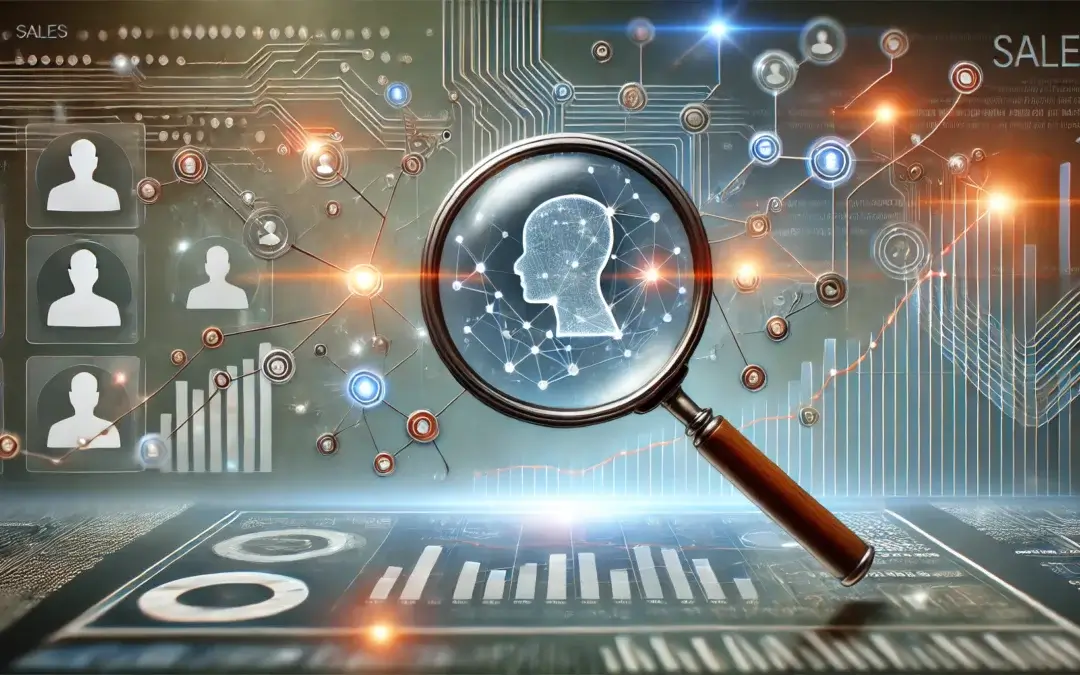
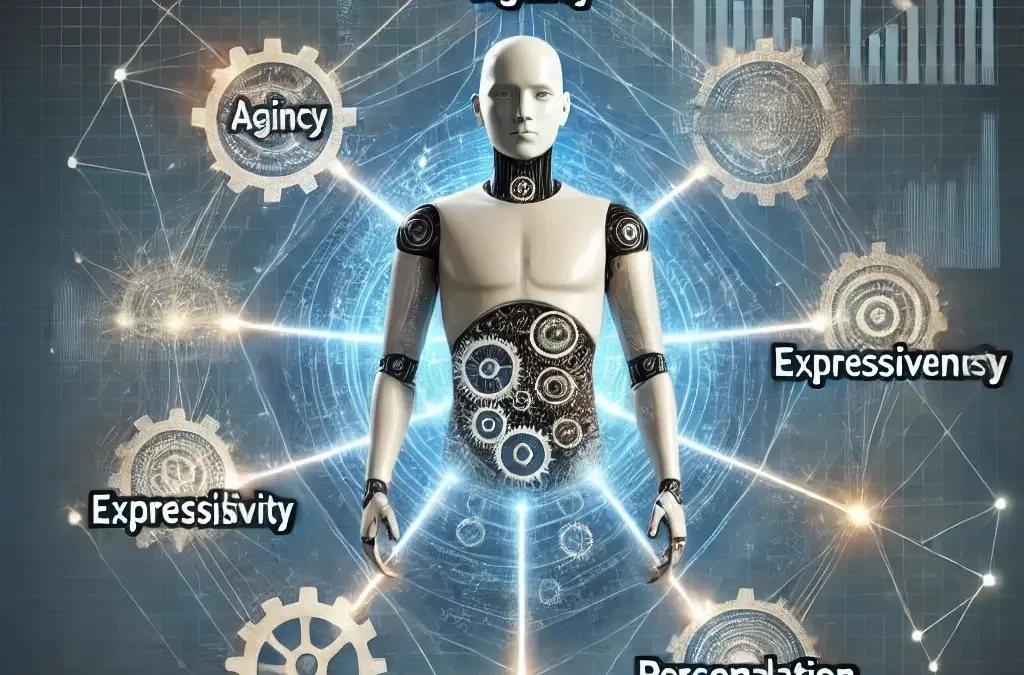

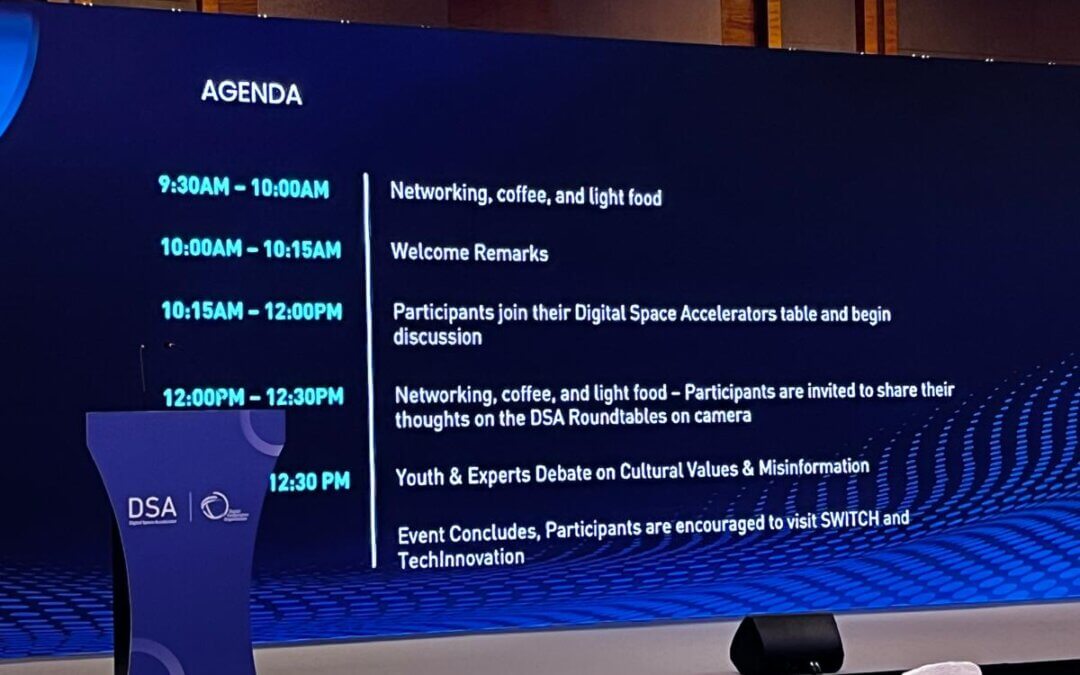

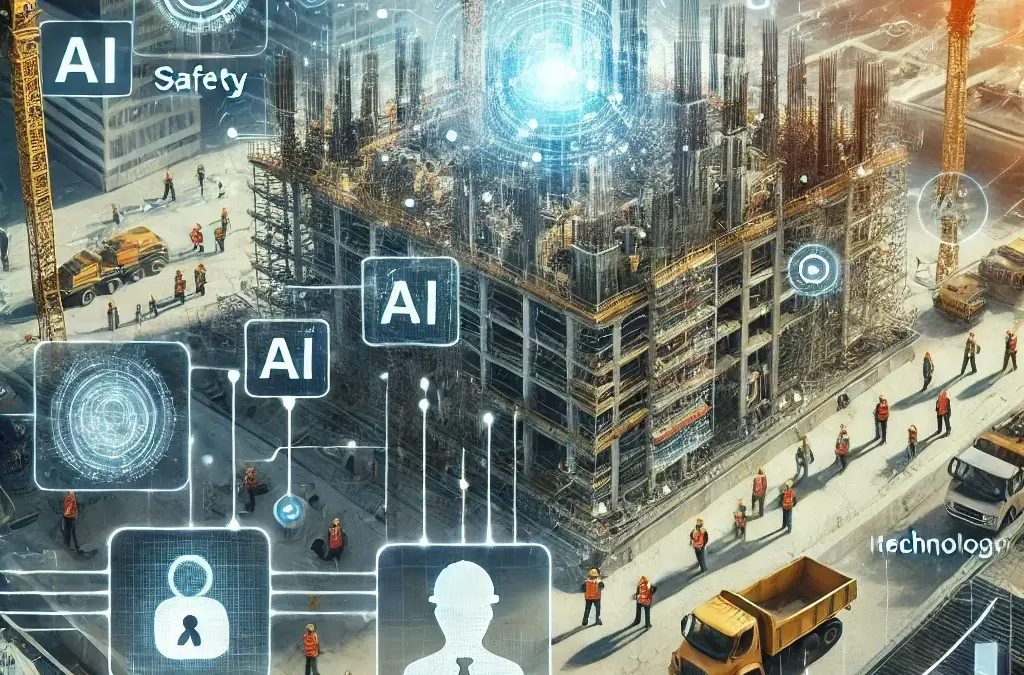

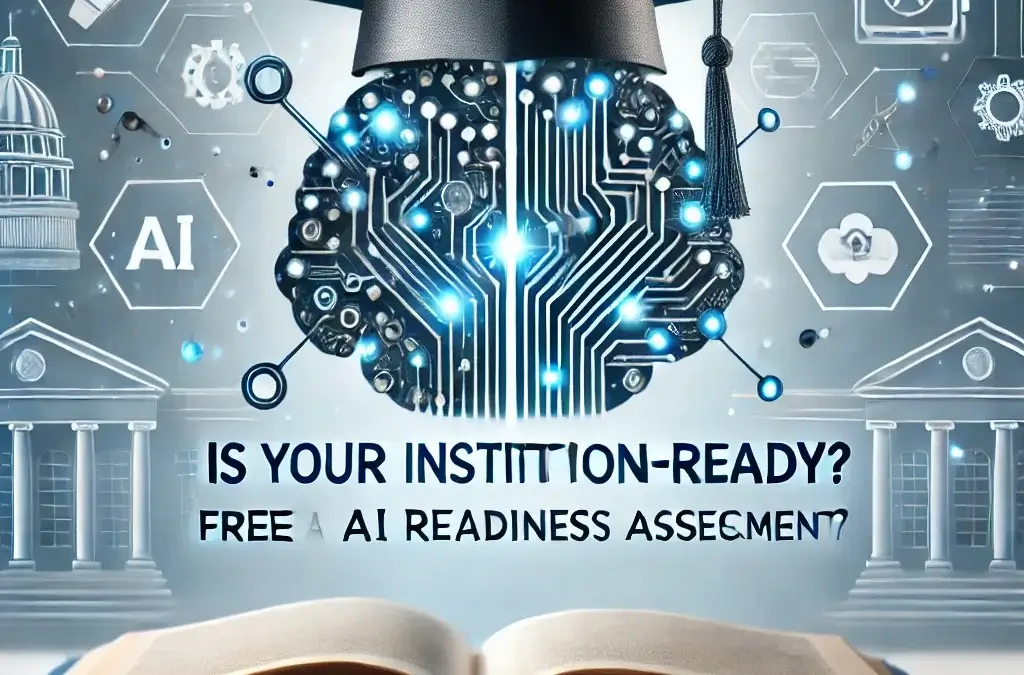
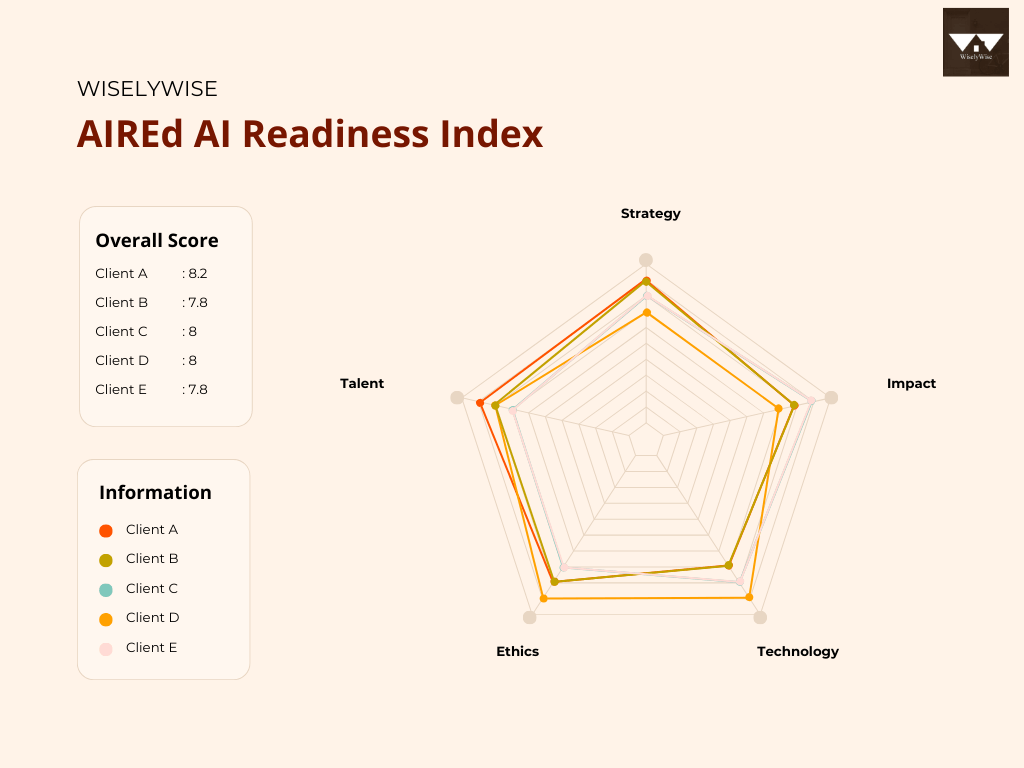
Recent Comments